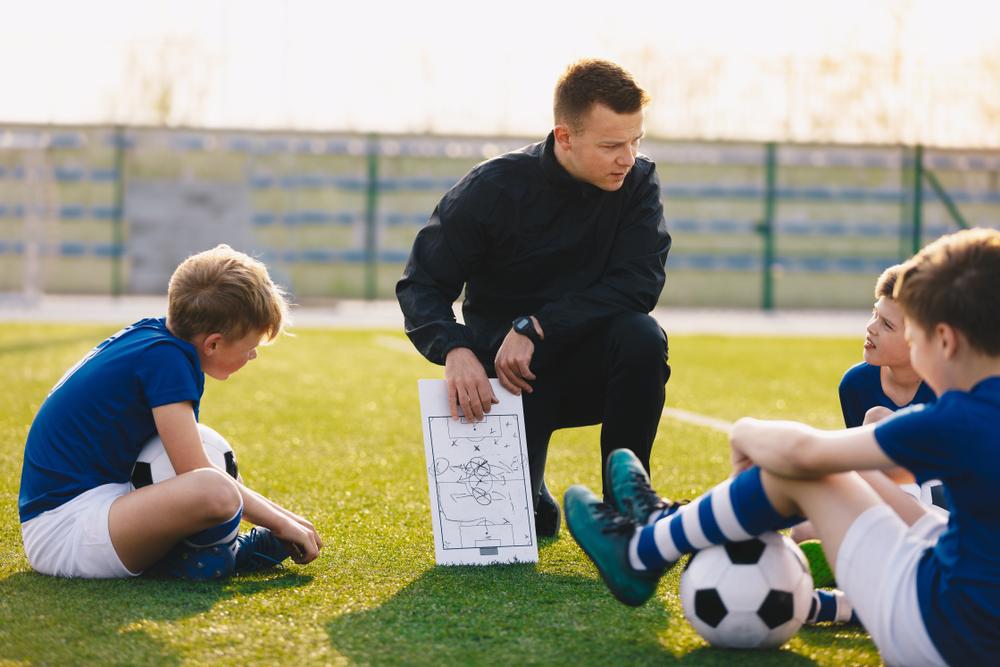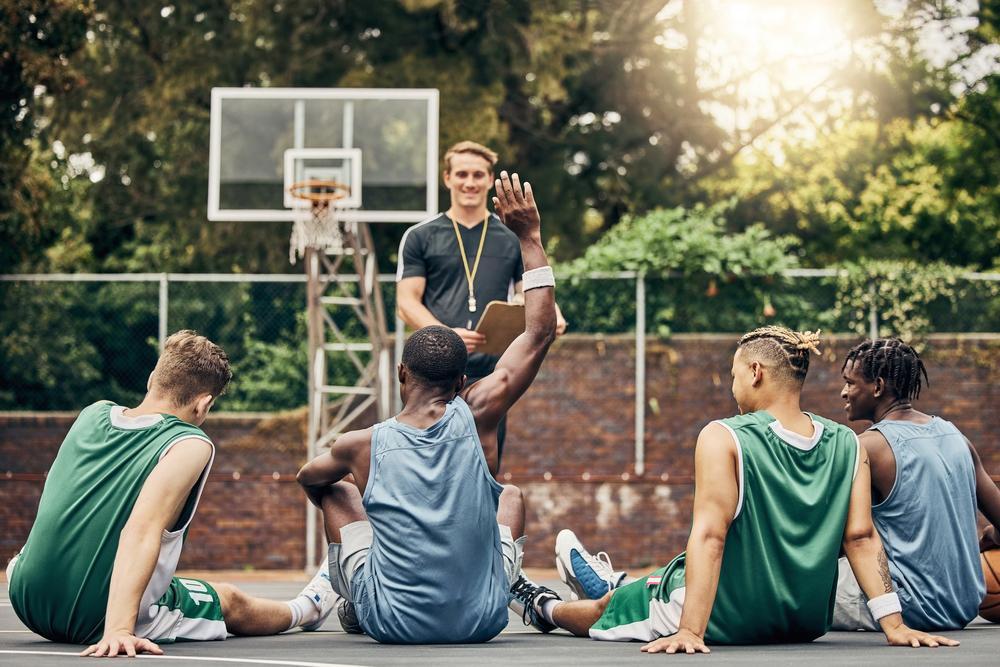 For coaches, the weeks leading up to a new season can be both exciting and anxious times.
For coaches, the weeks leading up to a new season can be both exciting and anxious times.
They are also some of the most critical to your team’s future success. Before delving into the day-to-day tasks that a season brings on, it’s important to first assess the previous season and make necessary adjustments around your new group of players.
Your coaching goals will vary year-to-year, and they may or may not be measurable. With age, you may even notice that your goals become more process-focused rather than the outcome-focused.
But progress in any form is contagious and an incredibly motivating thing to see both in yourself and your athletes. Without a clearly-defined goals to aim for, it’s all too easy to remain content just doing what has been done before. Part of the coach’s role should be to create goals for both their players and themselves, and then outline the steps needed in order to achieve them.
Examples of SMART Coaching Goals
While every coaching goal you set doesn’t need to be SMART (Specific, Measurable, Achievable, Realistic, and Time-bound), you might find it helpful if at least of few of them are, as you’ll see in our examples below.
Coaching Goals To Set For Yourself:
- Enter every practice with a detailed and progressive plan
- Communicate your expectations and goals to the team and parents before the season
- Stay current on the latest coaching techniques and strategies
- Take attendance and teach the importance of commitment
- Keep accurate statistics and use them as a way to progress and motivate the team
Coaching Goals To Set For Your Team:
- Create “teaching moments” by using players to demonstrate certain situations
- Emphasize the importance of academics, time management, and a balanced life Create opportunities for your staff to maximize their strengths
- Create an atmosphere that is conducive to hard work and learning, while still emphasizing fun
- Assist each player in identifying their role on the team and why they are important
- Merge conditioning and fitness into practice drills whenever possible
- Create a safe learning environment for players, both physically and emotionally
Checking In With Your Goals
Many school seasons are often interrupted by a fall, winter, and spring break, which provides a great time to review your coaching goals. Even if your season doesn’t have a break, make time to check in with your goals to see if you are on target with how you want to be coaching and directing the team.
After the season is over, in addition to reviewing the past months’ goals with your assistants, athletes, and team as a whole, be sure to again set aside time to review your own personal coaching goals and think about ways in which you can improve even more next season.
Perhaps most importantly, remember that goals should be pliable, and making necessary adjustments by altering or adding new goals is vital to success.
—
What type of coaching goals do you set for yourself and your team at the beginning of a season? Share them with coaches everywhere at TrueSport@TrueSport.org or on Facebook, Twitter, and Instagram.



